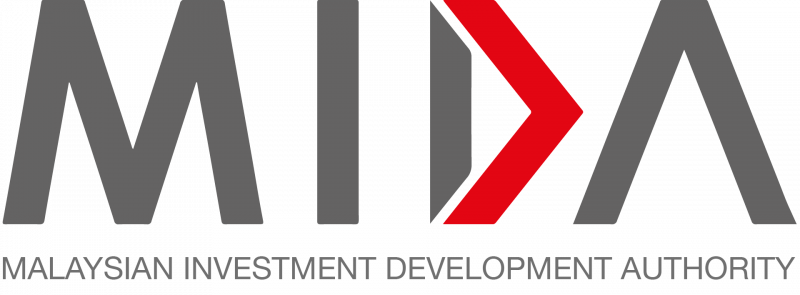Establishment of industrial parks, conditions under local authorities, says ministry
23 Jul 2020
The establishment of industrial parks and infrastructure construction conditions are under the authority of the state government through the local authorities, the Dewan Rakyat was told today.
However, the Ministry of Housing and Local Government through the Department of Town and Country Planning (PlanMalaysia) has prepared the Industrial Area Planning Standards documents which outline several aspects of planning control for industrial area development covering general and special guidelines.
According to the ministry, the standard only touched on the physical aspects, among them, relating to industrial area components, site plan, buffer zone, provision of facilities needed, size and minimum lot size, and height of buildings.
“The standard do not have standard operating procedures (SOP) to ensure the provision of certain infrastructure to attract investors.
“With the cooperation of the Malaysian Investment Development Authority (Mida) and local authorities in each state, PricewaterhouseCoopers (PWC) has successfully identified about 600 industrial areas in Malaysia based on the World Bank definition in a study conducted in 2011,” it said in the Dewan Rakyat today.
The ministry was replying to a question from Wong Shu Qi (DAP-Kluang) who asked on the number and name of industrial parks in each state and whether their construction are required to comply with an SOP to ensure quality infrastructure for investors.
From January 1, 2008, Mida has been entrusted with the responsibility to administer the Upgrading Basic Infrastructure for Existing Integrated Industrial Areas Programme (including halal industry) on the directive of the Economic Planning Unit (EPU) in the Prime Minister’s Department (PMO).
“This programme has been approved as one-off since the Ninth Malaysia Plan (9MP) and continued by Mida in 10MP and 11MP. The programme allocation is channelled by EPU and PMO via the Ministry of International Trade and Industry to Mida as the coordinating agency.
“Generally, this programme was created based on the urgent needs of the industry and aims to cooperate with the local authorities in supervising and maintaining existing infrastructure in Industrial Estates (IE) consistently,” it said.
Among the objectives of the programme are; finance upgrading activities, repair basic infrastructure and existing facilities in IE that require repairs such as roads/roadside, bridges, centralised vehicle parking area, drainage system, shared facilities such as business premises and food court built by the local authorities/state economic development corporation (SEDC), and street lighting and basic signages.
It also aims to add new basic infrastructure that can increase value-add of the IEs, thereby increasing the operational efficiency and productivity of existing and new manufacturers, such as overhead bridge, traffic lights and other facilities that have reasonable justification as well as increasing the competitiveness of the IEs to draw new investors.
In 2011, the industrial area development study in Malaysia carried out by PWC for EPU and PMO has streamlined the definition of Industrial Area using the World Bank’s definition namely, Industrial Estates (IE) which is a special zone for industrial activities complete with basic facilities such as road network, electricity, and others for the development of the manufacturing sector.
The study also revealed that majority of IEs in Malaysia are developed by government agencies such as SEDC, regional development authority, regional corridor council and private developers of industrial parks in certain in states.
Source: Bernama


